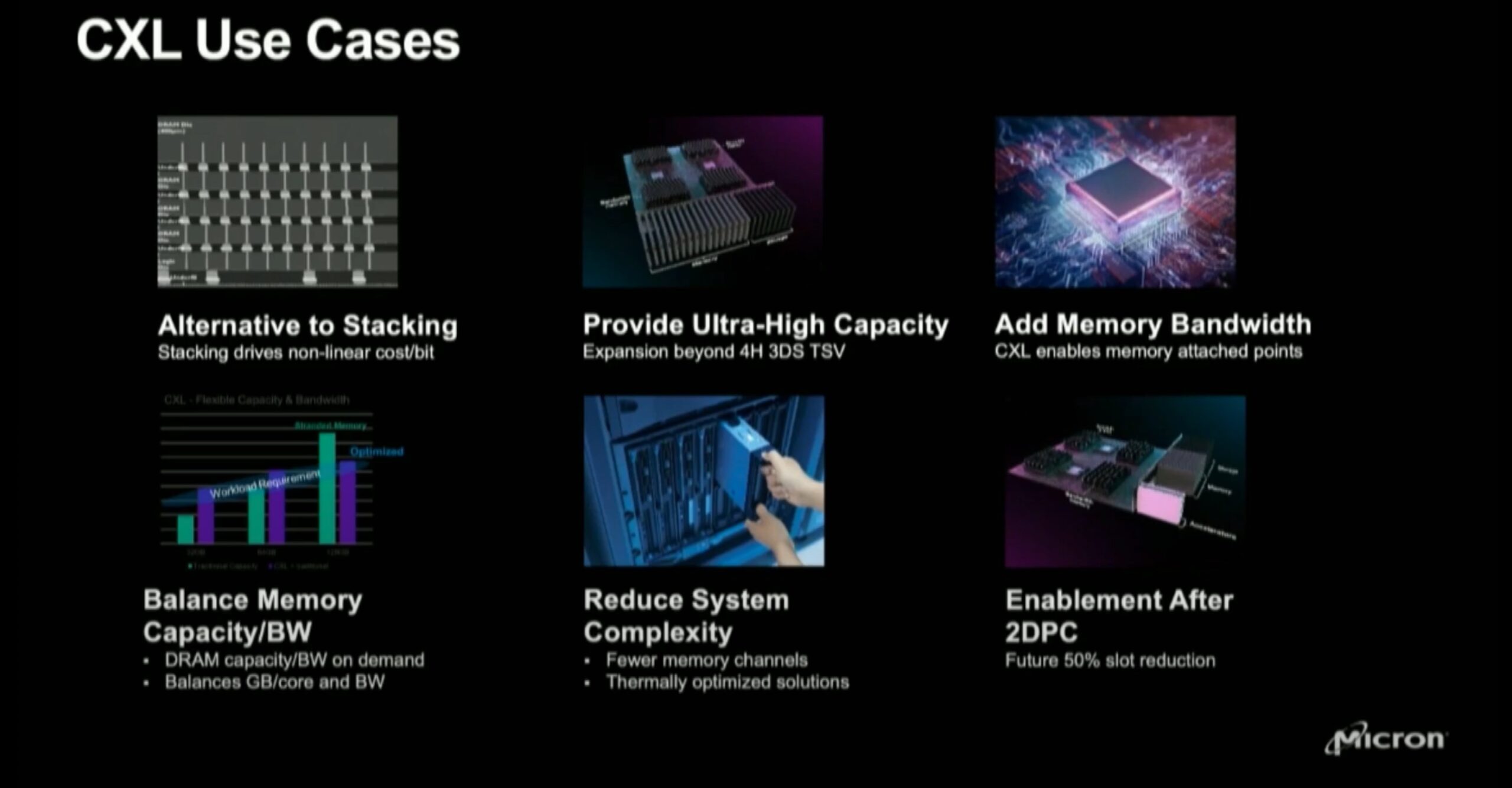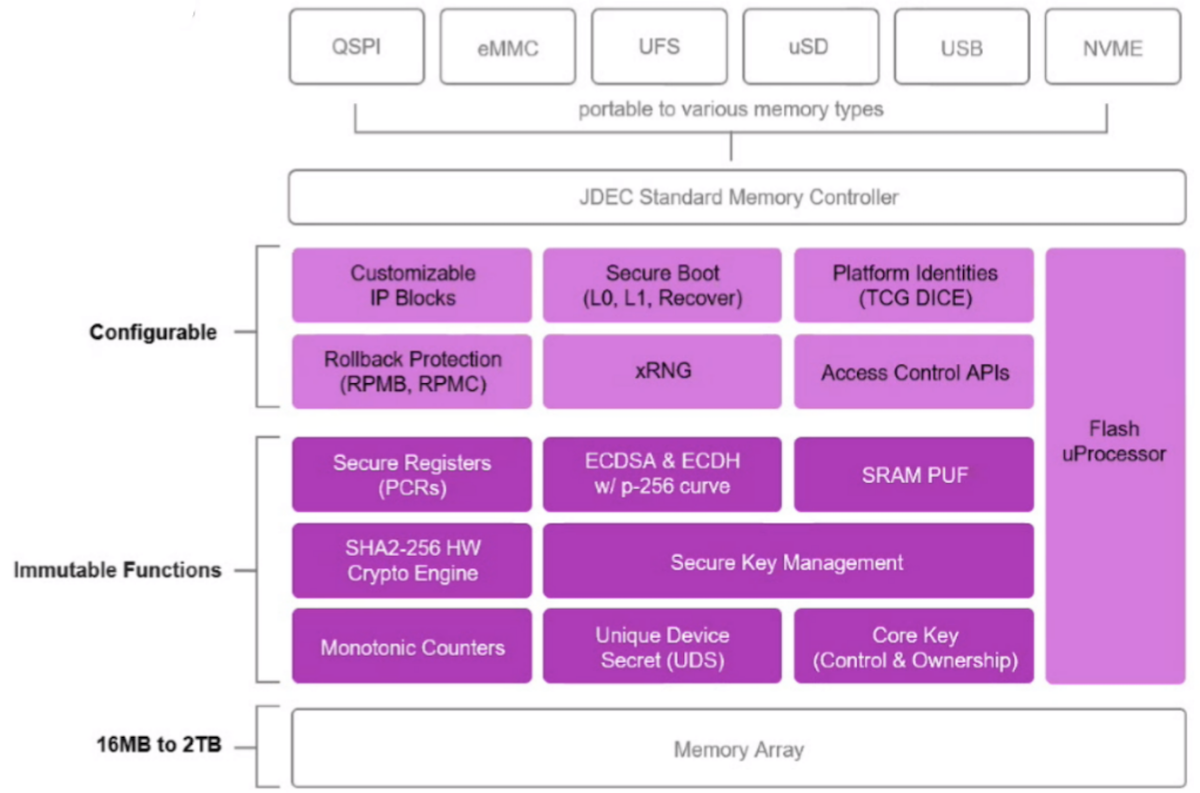Now that 5G and artificial intelligence (AI) are making a splash in the enterprise IT space, we’re seeing a convergence of the technologies in other areas as well, namely the mobile device market. With concerns over size, form factor, and power consumption, some are not sure mobile devices can handle the performance loads of the two budding innovations. Micron, on the other hand, is well aware of the requirements necessary to incorporate 5G and AI capabilities into mobile devices and their newest line of products are purpose-built to support the next wave of mobility.
5G and AI in Mobile: The Possibilities are Endless, but the Hardware is Not
5G and AI technologies have advanced to the point where we are seeing endless use cases for these applications — both across the enterprise and in the consumer market. An obvious area that comes to mind when thinking of both technologies is the mobile phone space.
After all, 5G connectivity is the new, faster standard for telecommunications, so naturally, it would stand to reason that new smart phones moving forward will natively support the technology. Given the unique ways we can use AI to process images, it is no surprise that future cameras will feature the tech. Since so many people currently rely on their smart phones as their main camera, it also makes sense to see them equipped with AI as well. Additionally, given the rise of personal assistants in mobile devices, AI also adds the possibility of personalized contextual awareness, making Siri, Alexa, Google, and others even more personal.
Despite all of the potential advancements that 5G and AI hold for future mobile handsets, the actual rollout of these technologies at a mobile scale is easier said than done. After all, new tech means new chips with expanded capabilities and increased density to support the data rates and storage/memory demands of the introduced functionality.
Today’s mobile consumers are so accustomed to the size and form factors of today’s mobile handsets that if mobile chip makers cannot find a way to keep similar scales to their builds, mobile phones will be too large and ungainly to be enjoyed by the consumer. In addition, the batteries of these mobile devices will be under high demand while leveraging these new functionalities, yet consumers will still want comparable (if not better) battery lives to their current phone, so this crucial detail must also be in consideration when designing for 5G and AI in mobile.
Collaborating Across the Mobile Device Manufacturer Space
Micron is acutely aware of the state of mobile devices with 5G, AI, and the demands of the consumer market. As leaders in the memory and storage chip space, their products are essential to building out the underlying components of 5G and AI-enabled mobile devices, but they also know their tech doesn’t operate in a vacuum.
The folks at Micron have been working together with key OEMs and ecosystem partners from around the industry to identify how their managed NAND and low-power DRAM products work in tandem with the other facets of the mobile ecosystem. Through testing and simulations of various systems with combinations of their chips and those of other manufacturers, Micron is working diligently to find the ideal products for making mobile 5G and AI a reality.
In Micron’s Own Words
Gestalt IT’s Tom Hollingsworth recently had the pleasure of sitting down with Micron’s Vice President of Mobile Product Line Management, Ross Dermott, to discuss both the prospects of 5G and AI in mobile, as well as Micron’s outlook towards their presence in the space. During the interview, Dermott shared some of the numbers behind Micron’s technologies when it comes to incorporating 5G and AI into mobile handsets.
According to Dermott, Micron’s new 1? low-power DRAM technology increases power efficiency in mobile devices by up to 20% while maintaining the same form factor and a higher DRAM density. Micron is also the first to introduce a 176-layer managed NAND Flash to the industry, which increases the speed and capabilities of phones, all while still maintaining the same form factor with an increase in storage density.
The technology coming out of Micron is really exciting. With the ability to increase performance across the board without sacrificing power nor form factor, Micron’s tech promises a future where 5G and AI in mobile is much closer than you might expect.
To learn more about Micron’s products for mobile, check out their website.




